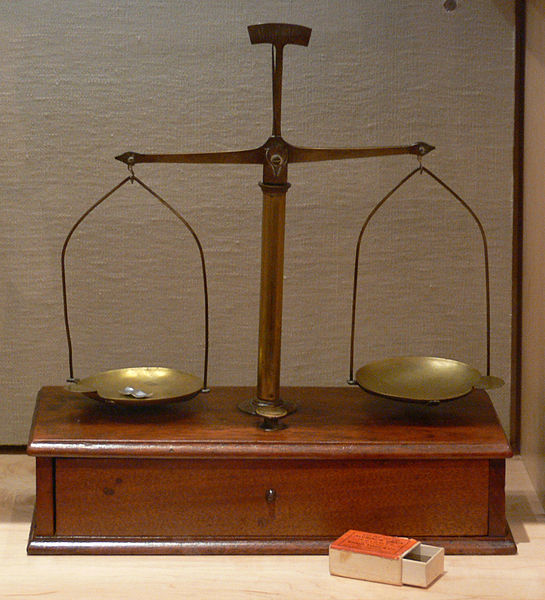This week, an FDA panel unanimously voted to revoke its approval of Avastin (bevacizumab) for breast cancer. The decision evoked cheers from some groups and jeers from others. At least one group derided the decision as the work of a “death panel.”
Initially hailed as a wonder drug, Avastin is a monoclonal antibody first approved for use against lung and colon cancer. Its maker, Roche (under its Genentech division), hoped that it would prove similarly useful for breast cancer. The FDA granted provisional approval of the drug for metastatic breast cancer in 2008 under the accelerated approval program.
But in an unusual move, the drug was granted this accelerated approval based on what researchers call a “surrogate” endpoint. Instead of measuring overall survival rates, Roche submitted data showing that Avastin slowed “progression-free survival.” What that means is that the drug slowed the time between new MRI findings, but it did not improve survival times. To repeat — the drug has never been shown to extend the lives of breast cancer patients. Still, the hope remained that the drug could nonetheless improve quality of life in people with breast cancer.







